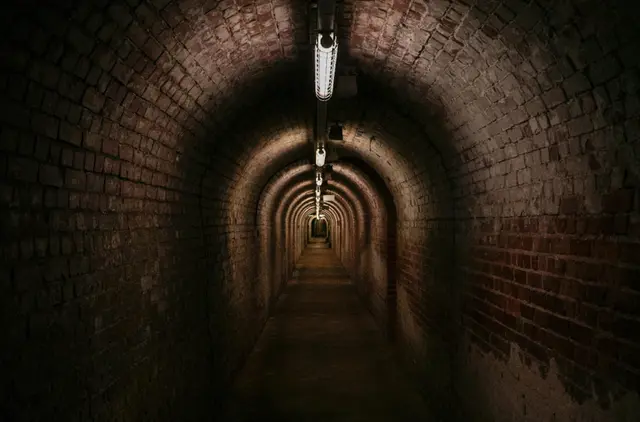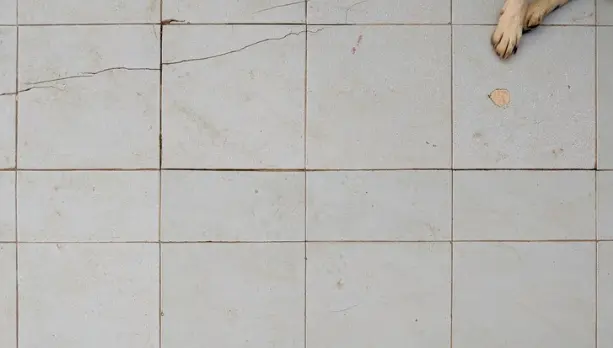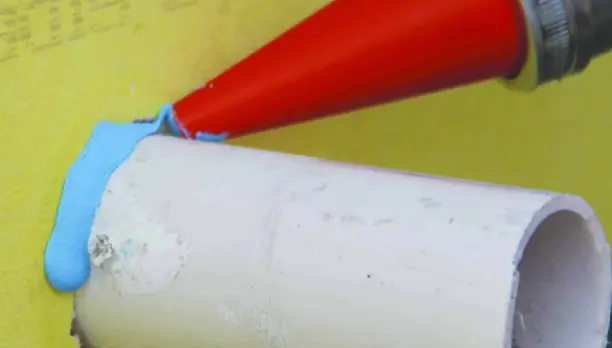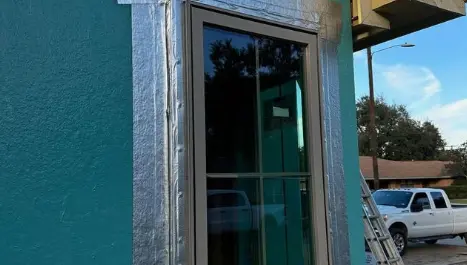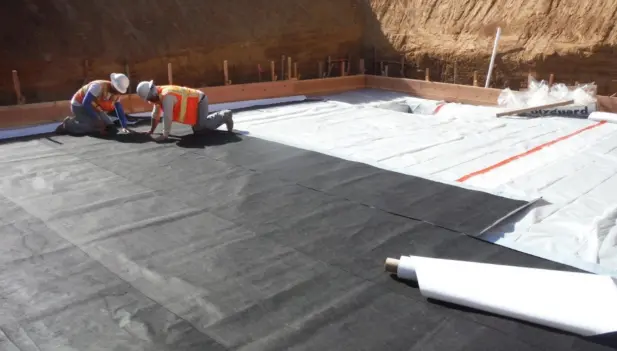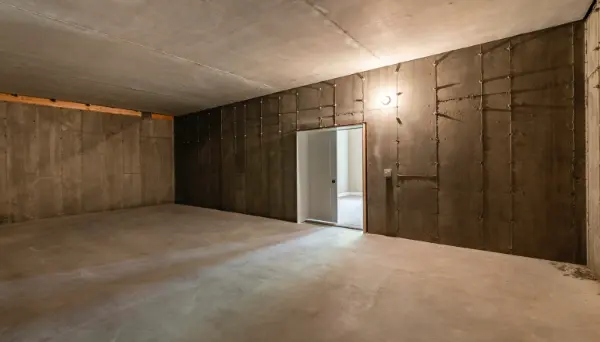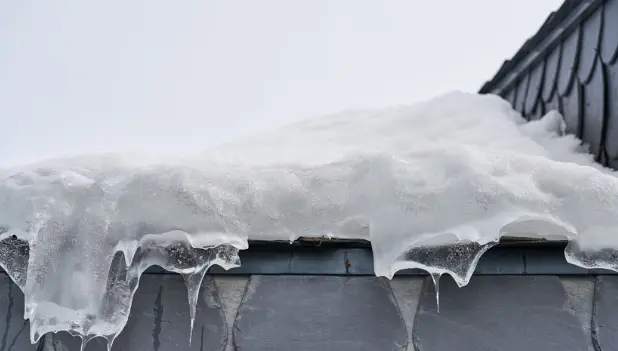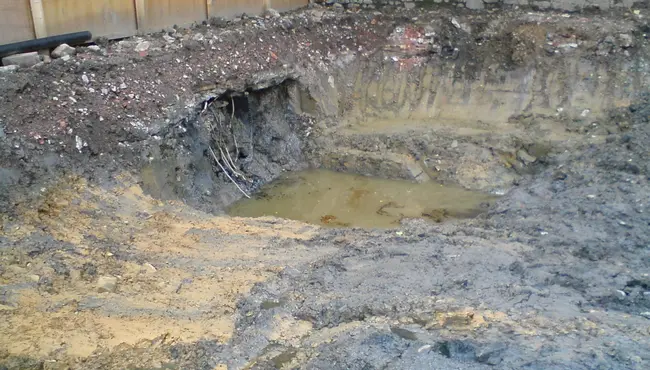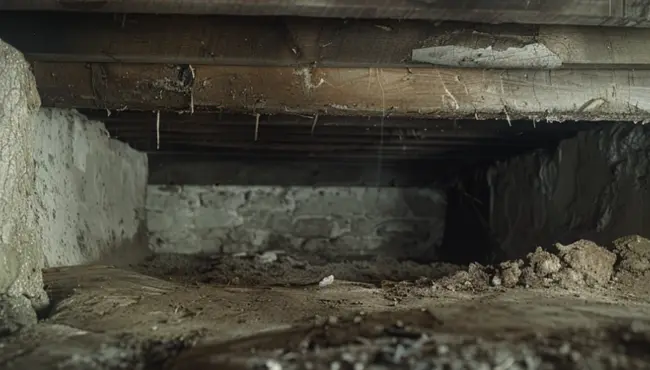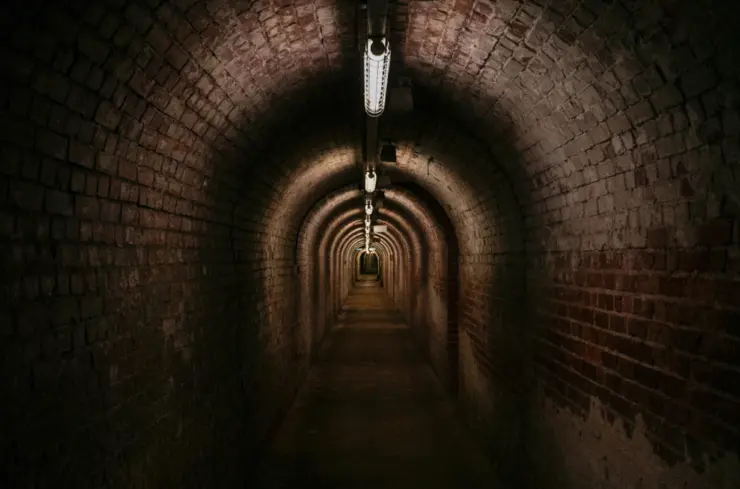
Tunnel construction is a key component of modern infrastructure that is crucial for connecting locations and navigating through challenging terrains.
Let’s dive into a range of tunneling construction methods and innovative products that are essential for the successful completion of these types of underground projects.
Tunnel Construction Methods Explained
At its core, tunnel construction is a complex, multidisciplinary engineering feat that involves the integration of geotechnical, civil, mechanical, and electrical engineering disciplines:
- It begins with a comprehensive site investigation to understand the geological conditions, which significantly influences the selection of the appropriate construction method.
- Next, meticulous planning and design work is carried out to ensure the tunnel's stability, safety, and longevity.
- Throughout the construction process, innovative technologies and specialized machinery are employed to excavate and reinforce the tunnel by ensuring that it meets stringent structural and safety standards.
This foundational understanding of tunnel construction emphasizes the importance of careful planning, thorough site analysis, and the application of appropriate technology to successfully create these vital underground passages.
Overview of Tunnel Construction
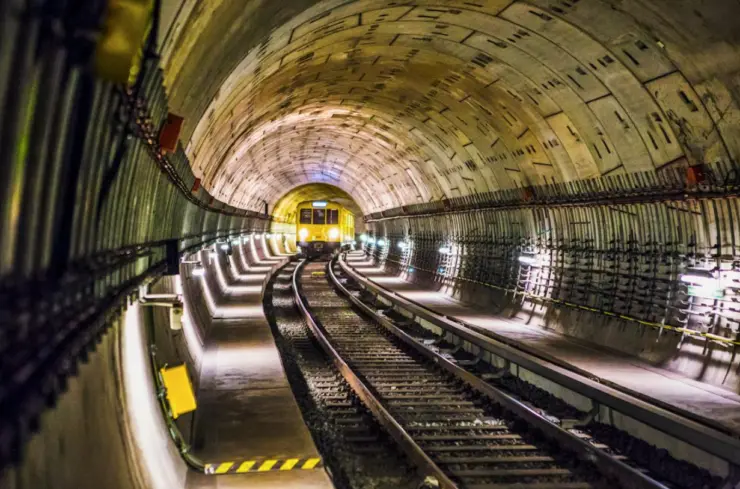
Tunnel construction combines engineering skills with the challenge of moving through the earth's layers. It starts with careful planning and examining the site to understand the soil conditions and what the project needs. Choosing the right construction method for the tunnel is critical and depends on the ground conditions, the project's scale, and its impact on the environment.
9 Tunnel Construction Methods
1. Cut and Cover Method
This traditional approach is ideal for shallow tunnels because it marries excavation with the artistry of creating a trench and covering it post-structure installation.
2. Bored Tunnel Method
The use of Tunnel Boring Machines (TBMs) represents modern tunneling's heart to allow for the construction of deep tunnels with minimal disturbance above ground. Polyguard pipeline coatings act as a shield for the infrastructure nestled within these tunnels to help ensure longevity and protection against the elements.
3. Clay Kicking Method
With its roots in history, this method’s precision and safety in soft clay terrains underscore its value. It stands as a testament to the ability to adapt and evolve.
4. Shaft Method
Constructing vertical shafts for access or ventilation illustrates the complexity of tunneling that requires robust waterproofing and security solutions.
5. Pipe Jacking and Box Jacking Methods
For underground utilities, these methods exemplify innovation by tunneling beneath the urban sprawl without a whisper of disturbance.
6. Underwater Tunnel Construction
The challenge of breaching water bodies is met with unparalleled engineering feats, from immersed tube tunnels to bored tunnels beneath the aquatic expanse.
7. New Austrian Tunneling Method (NATM)
Also known as the Sequential Excavation Method (SEM), it leverages the geological stress of the surrounding rock mass to stabilize the tunnel. This method is renowned for its flexibility by allowing adjustments to geological changes during excavation. It uses a combination of rock bolts, steel arches, and shotcrete to support the tunnel structure.
8. Drilling and Blasting Method
Drilling and blasting still remains a traditional approach for rock tunnel excavation. This technique involves drilling holes into the tunnel face, loading them with explosives, and then clearing the blasted material. It is noted for its applicability in hard rock conditions, where mechanical excavation is less effective.
9. Immersed Tunnel Construction
Immersed tunnel construction involves prefabricated tunnel sections, usually made from concrete or steel, that are installed underwater. This method is particularly useful for crossing water bodies like rivers or channels.
How to Construct a Tunnel: A Step-by-Step Guide
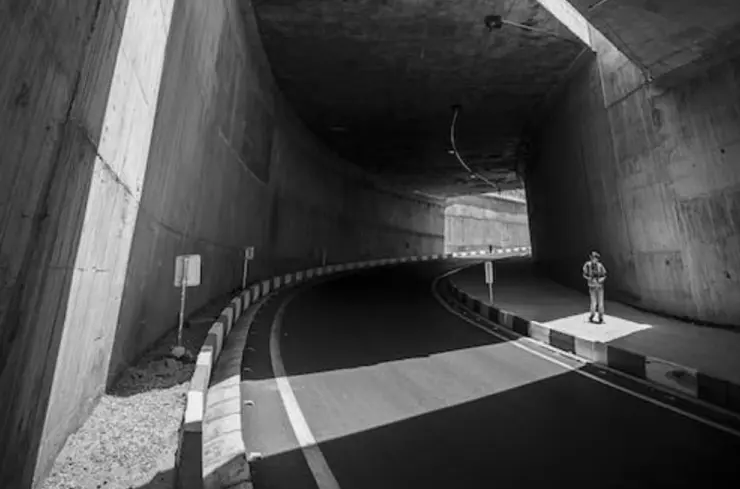
Constructing a tunnel involves a series of well-coordinated steps that start with an initial vision. This vision then evolves into detailed planning and comprehensive geological surveys that aim to uncover any secrets hidden beneath the ground. Here is a refined overview of this intricate process:
Step One: Feasibility and Design
Initial assessments pave the way for designing, considering the purpose, the route, and the geological makeup. This phase crystallizes the tunnel’s blueprint and outlines its dimensions, structure, and the construction methods tailored to its envisioned path.
Step Two: Site Investigation
The next step involves a thorough investigation of the site's geological conditions. This is done by drilling, taking samples, and using geophysical methods to understand the terrain. This crucial step helps predict potential challenges and shape the construction strategy.
Step Three: Method Selection
With a clear understanding of the terrain, the construction method chosen should match the project’s size, the nature of the soil and rock, and environmental factors. This can vary from simple cut and cover techniques to using a Tunnel Boring Machine (TBM) and other methods.
Step Four: Excavation and Support
The tunnel is carved out using different methods, which determine how to excavate and support the structure to keep it stable. This includes using shotcrete, steel frames, and waterproofing membranes for protection.
Step Five: Interior Finishing and Safety Measures
Following the structural integrity’s assurance, the focus shifts to the tunnel’s interior by laying out the pavement, installing lighting, ventilation, and safety systems to breathe life into the tunnel.
Step Six: Commissioning
The final act involves rigorous testing and inspections to ensure that the tunnel is ready to serve its purpose, which marks the culmination of a journey from concept to concrete reality.
Polyguard Innovations in Tunnel Construction
Tunnel construction requires not only engineering expertise and meticulous planning, it also requires the right materials in order to ensure the durability and safety of the infrastructure. Polyguard products play a pivotal role in enhancing tunnel longevity and resilience across various construction methodologies.
Here’s how Polyguard solutions integrate seamlessly with key tunneling methods:
Cut and Cover Method
Utilize Polyguard architectural products for waterproofing during backfilling stages to help ensure the tunnel's structural integrity against water infiltration and soil pressure. Polyguard products offer comprehensive solutions tailored for the challenges encountered in shallow tunnel constructions, where the risk of water damage and structural instability can be significant.
Bored Tunnel Method
Apply Polyguard pipeline coatings to protect infrastructure within deep tunnels to safeguard against corrosion and environmental wear, and enhance the tunnel's lifespan. Designed for the harsh conditions of underground pipelines, Polyguard pipeline coatings are an essential component in maintaining the integrity of utility tunnels.
Shaft Method
Deploy Polyguard waterproofing solutions to secure vertical shafts against groundwater penetration for a robust barrier that ensures the safety and stability of these essential access points. Polyguard highway products encompass technologies that can be effectively applied in securing these types of structures, due to their durability and resistance to environmental stresses.
Laying the Foundations Below: Polyguard's Contributions to Tunnel Engineering
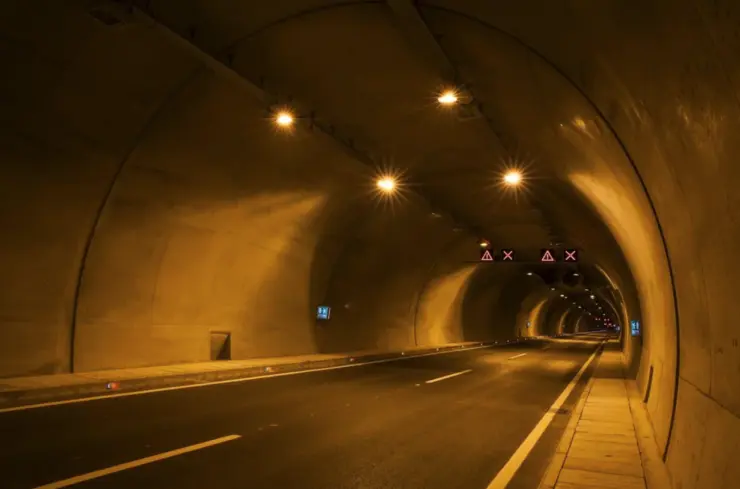
Navigating tunnel construction's complexities demands expertise, precision, and the right partner. Polyguard stands out by offering innovative solutions and materials that improve your project's durability and safety. Our experienced team, with deep knowledge of underground construction, is here to support you from planning to completion.
Contact our experts today and see how we can help with your next project!
